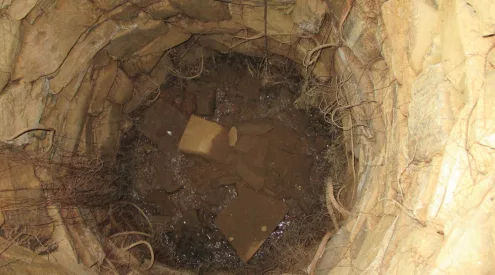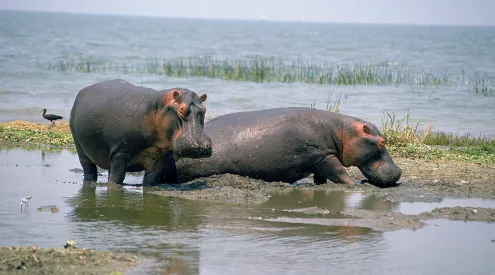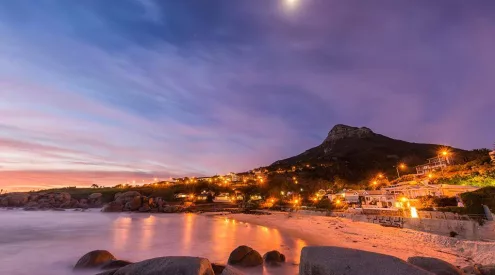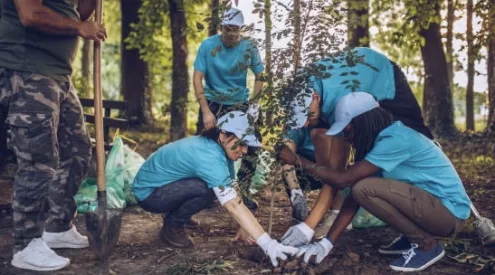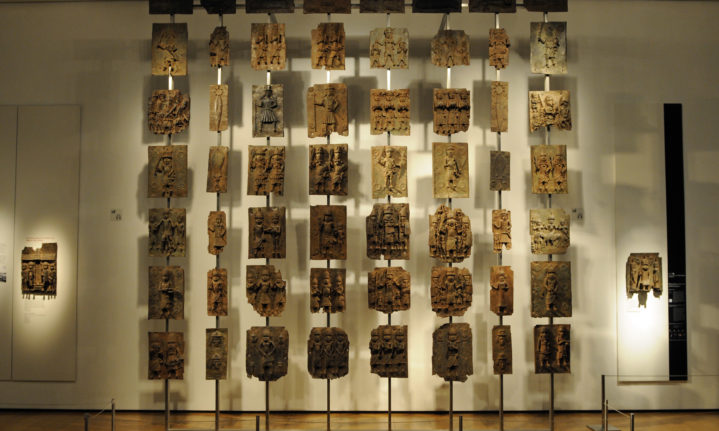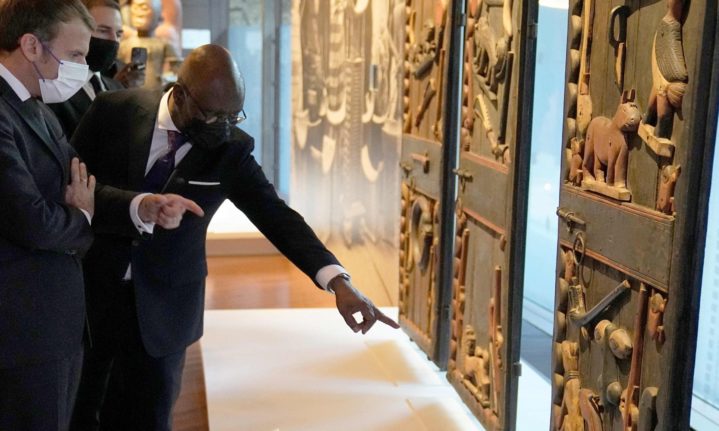France has transferred ownership of 26 treasures looted from Benin, which originated from the former Kingdom of Dahomey 136 years ago. These artefacts are of great cultural significance, and include intricately carved thrones and impressive statues.
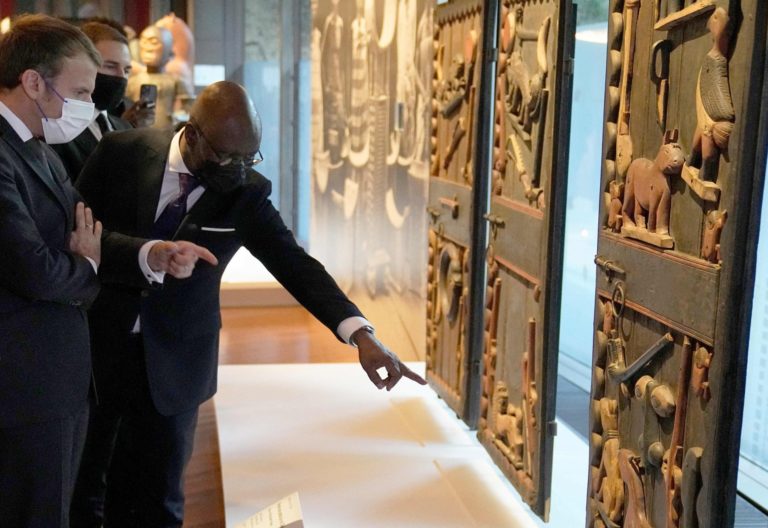
Benin President, Patrice Talon, and French President, Emmanuel Macron, observe some of the artefacts to be returned. Picture: Twitter/ @faceofmalawi
Each statue is a symbolic representation of the monarch of the former kingdom and this act of restitution by France is the first significant return by the former colonial power to one of its former colonies.
The Kingdom of Dahomey was an empire spanning 300 years from 1600 until 1904 and was a major power on the Atlantic coast of modern-day Benin.
In Benin, the artefacts will be exhibited across various sites, including the former Portuguese fort in the city of Ouidah, once a slave-trading hub. Benin is in the process of completing a museum in Abomey to house them.
African museums have been demanding for decades that former European colonial powers restitute stolen cultural artefacts. Experts estimate that 85-90% of African cultural artefacts were taken from the continent.
More to come?
Benin president, Patrice Talon, commented on Tuesday that this was the first step in a large scale restitution process. He went on further to add that he is reserving his enthusiasm until France returns other key artefacts.
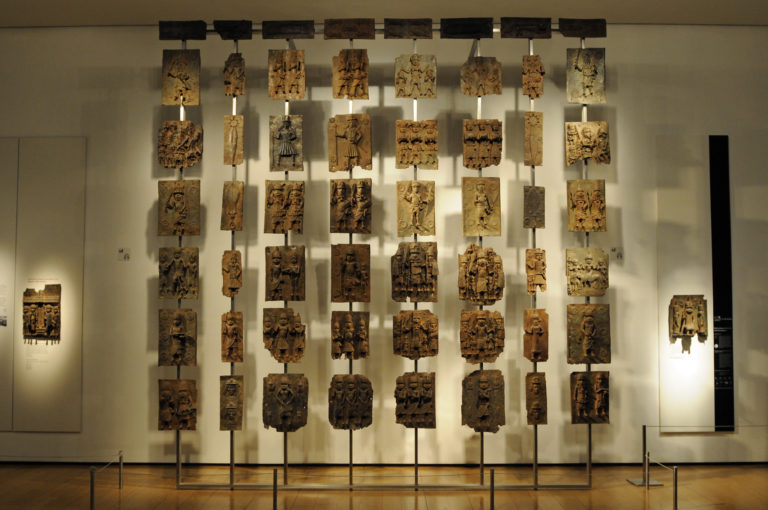
Some of the Benin Bronzes taken from the Kingdom of Benin are on display in the British Museum in London. Picture: Flickr Commons/ Son of Groucho
French President, Emmanuel Macron, also added that ‘Beyond this handover, we will continue to work.’ According to the German media outlet, Deutsche Welle, the European landscape is now being reshaped, but this has been an arduous process in getting Europe to accept even discussing the issue.
Germany has agreed to return important pieces from its collection to Nigeria in 2022, where Germany’s Prussian Cultural Heritage Foundation has the second largest collection of these priceless bronzes, taken by British soldiers in 1897.
Belgium has refurbished its Africa Museum, with curators hopeful that it can now ‘overcome its image as a colonialist holdover.’
In Southern Africa, Germany returned the remains of Herero victims in 2018, killed during the genocide in the early 1900s, which formed part of a collection in Germany.
ALSO READ
Here are 2021’s Environmental Photographer of the Year winners



